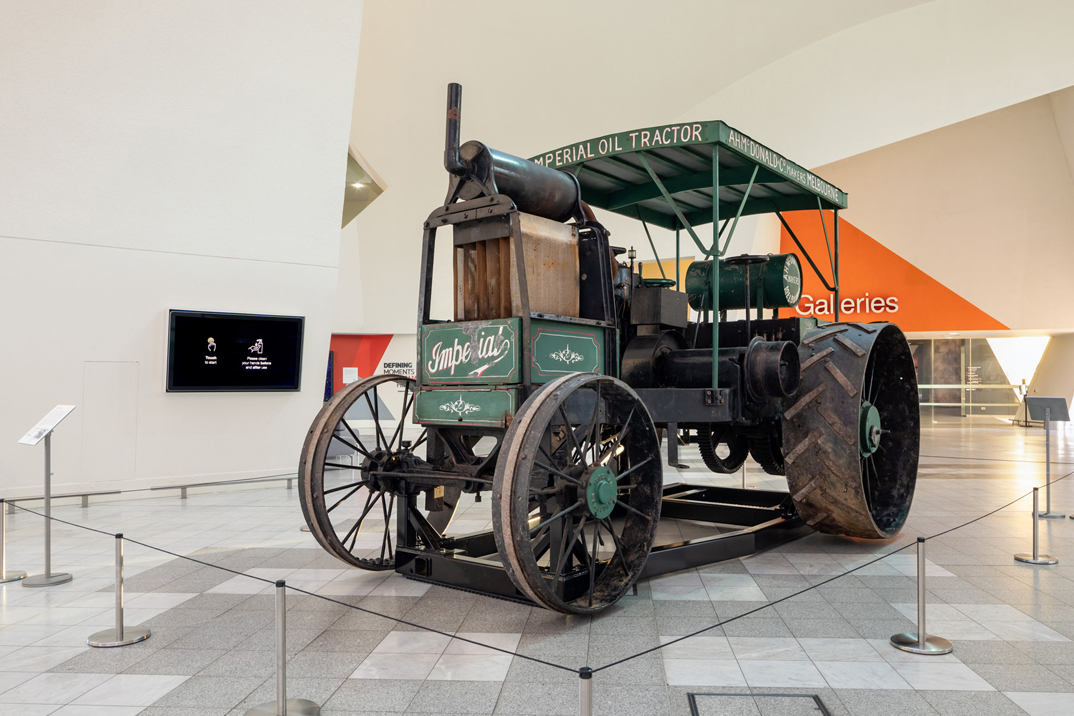
By Peter McCullough
Pictured above is the 1912 McDonald ‘EB’ Imperial tractor (No. 140) which recently was put on display at the National Museum of Australia in Canberra. This imposing machine, one of the earliest Australian-made tractors, started its working life on French Island.
Adapting the internal combustion engine
Horses and steam engines powered Australian agriculture before the turn of the 20th century. However, the invention of the oil-driven internal combustion engine in the 1870’s transformed automotive and agricultural industries around the world. Many British, European and American innovators began exploring the tremendous capacity of petrol and kerosene oil-powered machinery to replace animal and human labour. Perhaps the first ‘agricultural motor’ to arrive in Australia was an English-made ‘lvel’ exported to a Tasmanian orchardist in 1903.
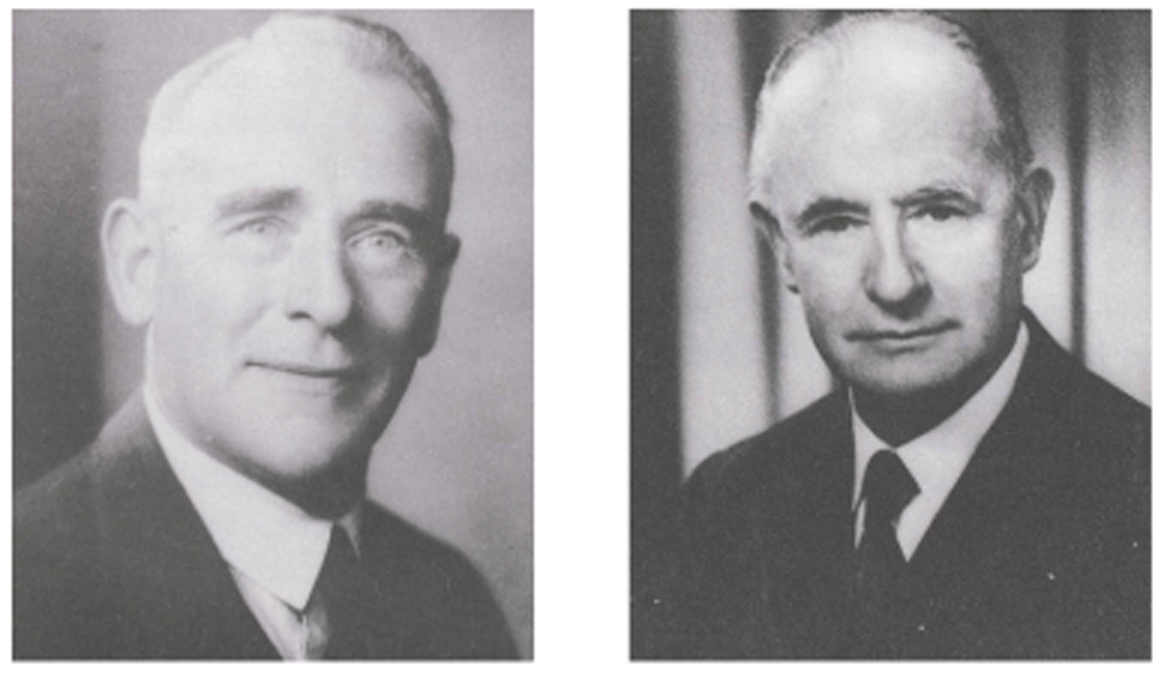
Left: Alfred Henry McDonald, right: Ernest John McDonald
Alfred and Ernest McDonald
Across Australia agricultural expansion, demand for labour and technological advancement set the stage for local innovation. In 1903 Alfred Henry McDonald (1883-1963) established an engineering workshop in Flinders Street, Melbourne, with his brother, Ernest John McDonald (1886-1956). The brothers tinkered with the design of imported tractors to better suit Australian conditions. By 1908 they had produced the first Australian-made, oil-powered tractor, known as the ‘EA’. This machine marked the transition between steam-powered traction engines and today’s internal combustion engine tractors. By 1912 their improved ‘EB’ model was rolling out of the new AH McDonald and Co factory and foundry in Stawell Street, Richmond.
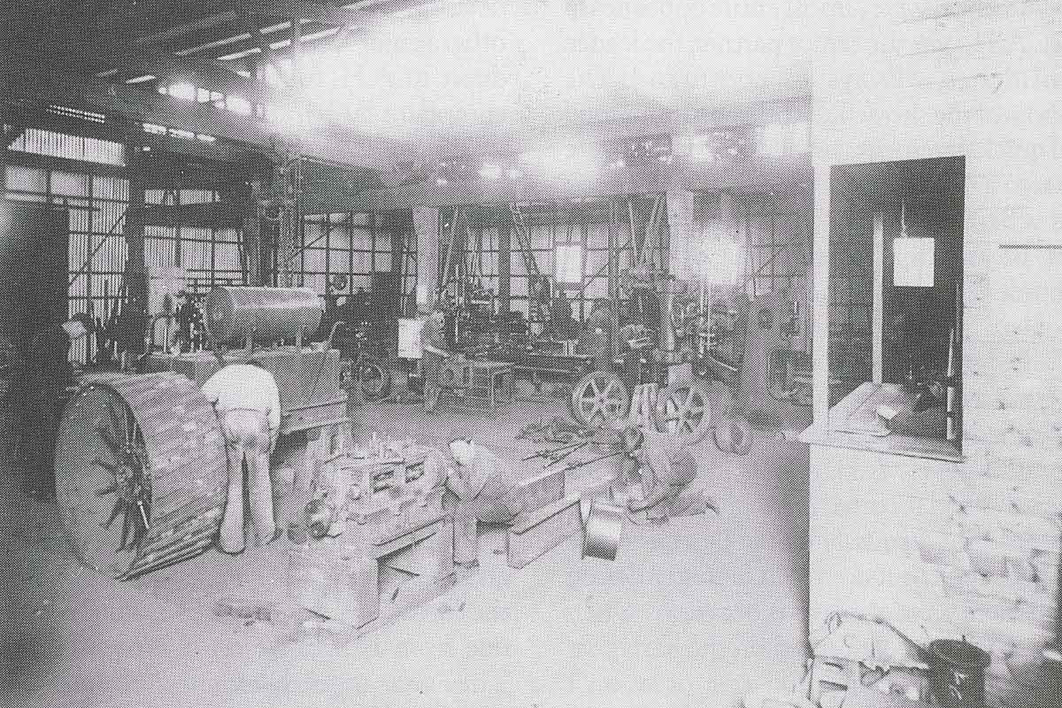
AH McDonald & Co. tractor assembly warehouse, approximately 1910. Pictures: National Museum of Australia
An EB tractor arrives on French Island
The Australasian newspaper estimated that the McDonald’s EB could perform “ploughing, cultivating, hauling (etc.) at a saving of from 25 to 50 per cent on horses.” Nonetheless, early tractors consumed great quantities of fuel and water, required mechanical know-how and were occasionally unreliable, not to mention expensive to purchase.
Frank Chilcott, a young farmer living on French Island, purchased an EB Imperial in 1912. The son of settlers Mark and Margaret Chilcott at the Callanan settlement on the west coast of the island, he had inherited money from England and had already spent some of it on a McIntyre motor buggy.
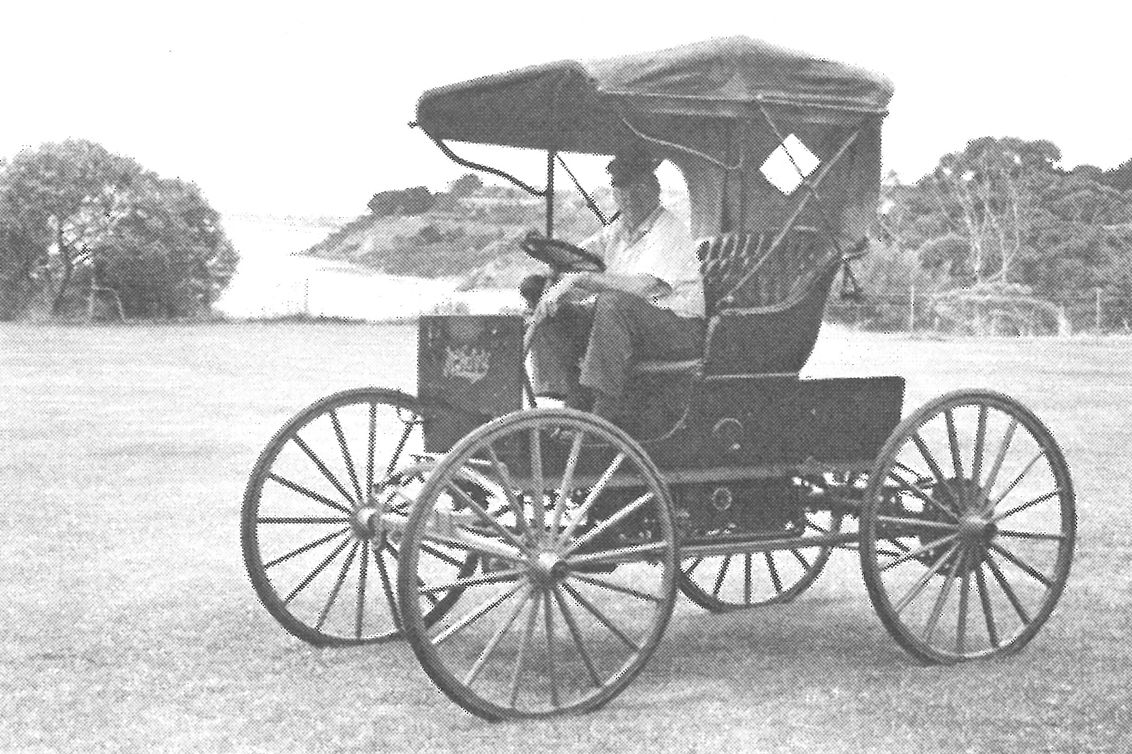
Frank Chilcott’s McIntyre motor buggy, photographed by Ruth Gooch in 1994.
The three-ton tractor’s arrival was a memorable event. “A police escort was necessary to take the vehicle to the island, but difficulty was encountered on the Mornington Peninsula when the local authority forbade the tractor being taken over the bridge spanning Carrum Creek. However, after some discussion, the official was apparently persuaded to ‘look the other way’. On arrival at Stony Point, the wheels were removed from the tractor and it was taken across to the island on a raft by the boatman Johann Jansson. When Frank’s small nephew (Garth Bennetts) saw it coming over the hill and heading for his island home, he took fright, ran inside, and hid under the bed.” (Ruth Gooch “Frontier French Island”, Page 213)
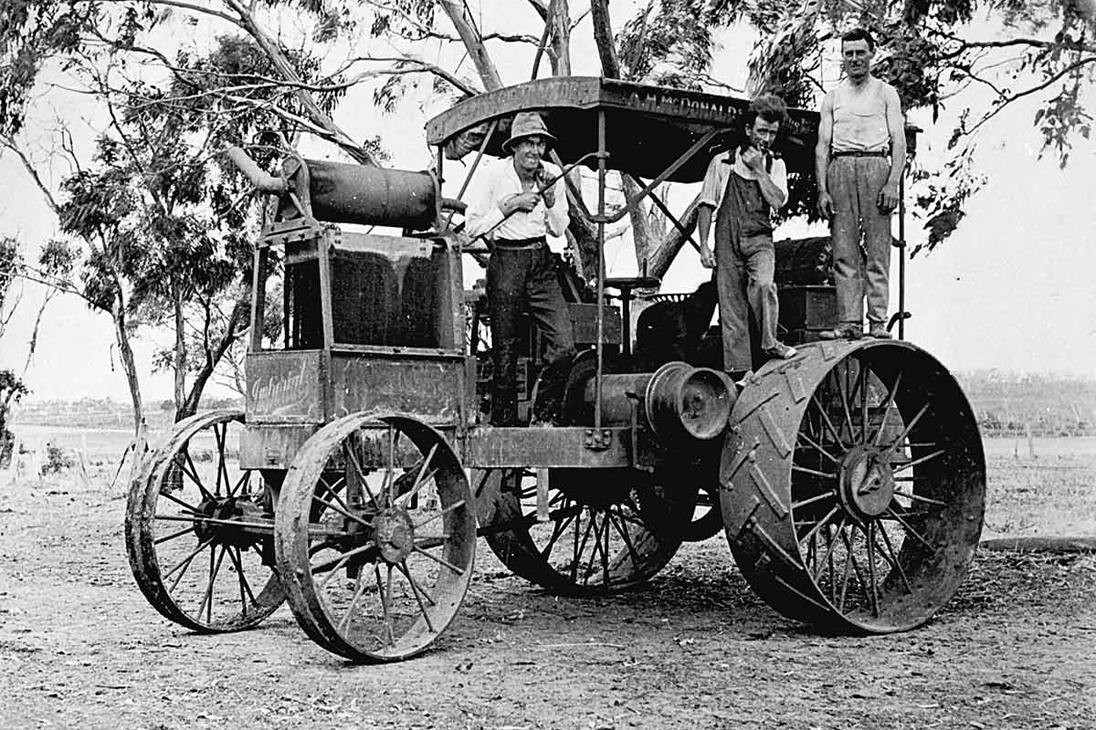
Three men, possibly Bennetts family members, with the ‘EB’ tractor at French Island, 1926.
Chicory production on French Island
The tractor was possibly used for land clearing for the cultivation of chicory, then a prolific industry on French Island. (Dried and ground chicory roots were added to popular coffee products produced by mainland manufacturers, including Bushells and Fauldings.) The tractor’s drivebelt may also have been useful for chopping timber to fuel the many chicory drying kilns on the island.

Fauldings Essence of Coffee and Chicory, 1940s.
Although Frank Chilcott purchased the tractor, the 403-acre farm on which it was used (‘Lillesdon Park’) was in fact a grazing lease taken up in 1904 by his brother-in-law, Richard Bennetts. Frank enlisted in 1916 and served in B Company, First Pioneer Battalion, AIF, achieving the rank of Lance Corporal. Discharged from the army in September 1919, he drowned in Western Port Bay only two months later when his yacht the ‘Nada’ overturned.
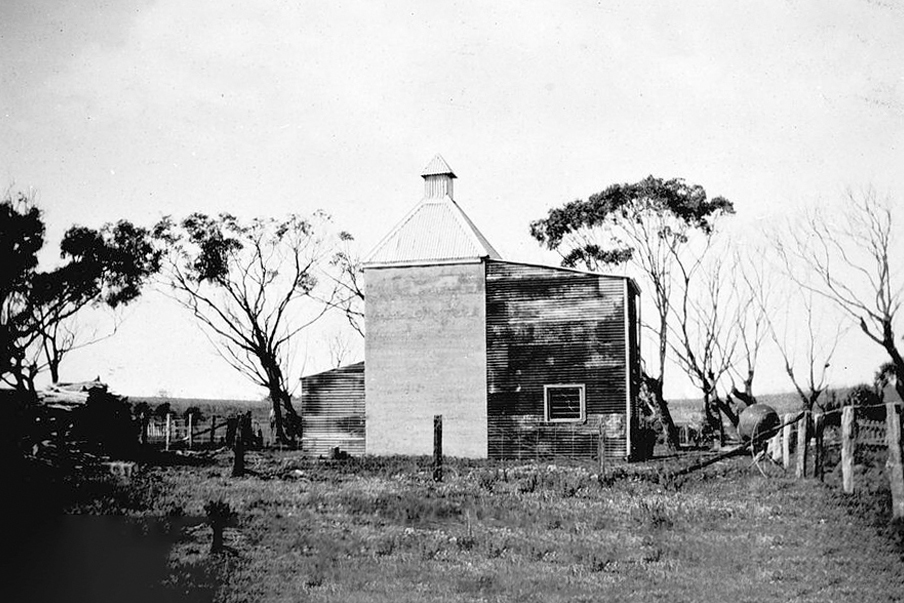
Chicory kiln on French Island, 1930.
EB tractor as a collector’s item
Frank Chilcott’s farm implements were willed to his brother-in-law and it is believed that the tractor remained at Lillisden Park until after the death of Richard Bennetts in 1954. At some stage it was sold to Sandy Reith on Phillip Island where it was on display until being sold to South Australian collector Kevin Rohrlach in the 1970’s. Although the EB was on display at Rohrlach’s Museum at Siegersdorf in South Australia early this century, it then spent time in private ownership in the United States. It returned to Australia following its sale at auction in 2020 and was acquired by the National Museum of Australia in 2021 for $250,000.
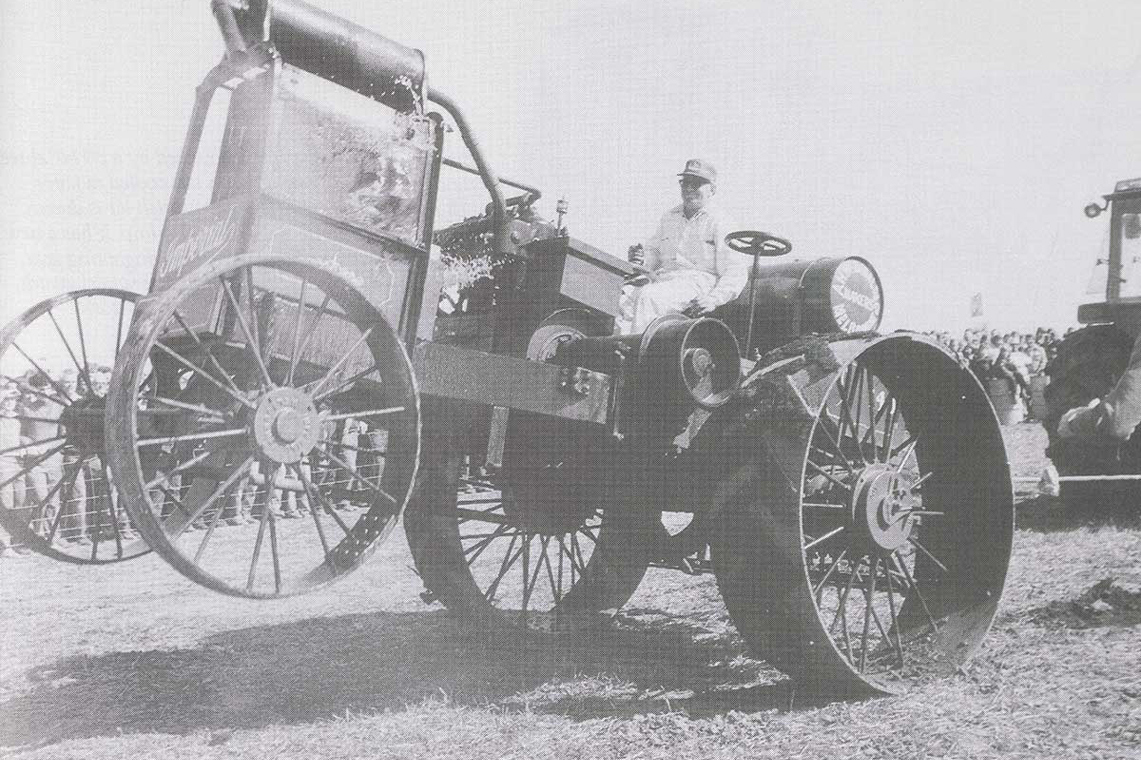
The ‘EB’ tractor on display in South Australia, 1979.
References:
Gooch, Ruth “Frontier French Island”, Prahran Mechanics’ Institute Press, 2006
Media release “McDonald EB tractor”, National Museum Australia, 16 May 2023.





